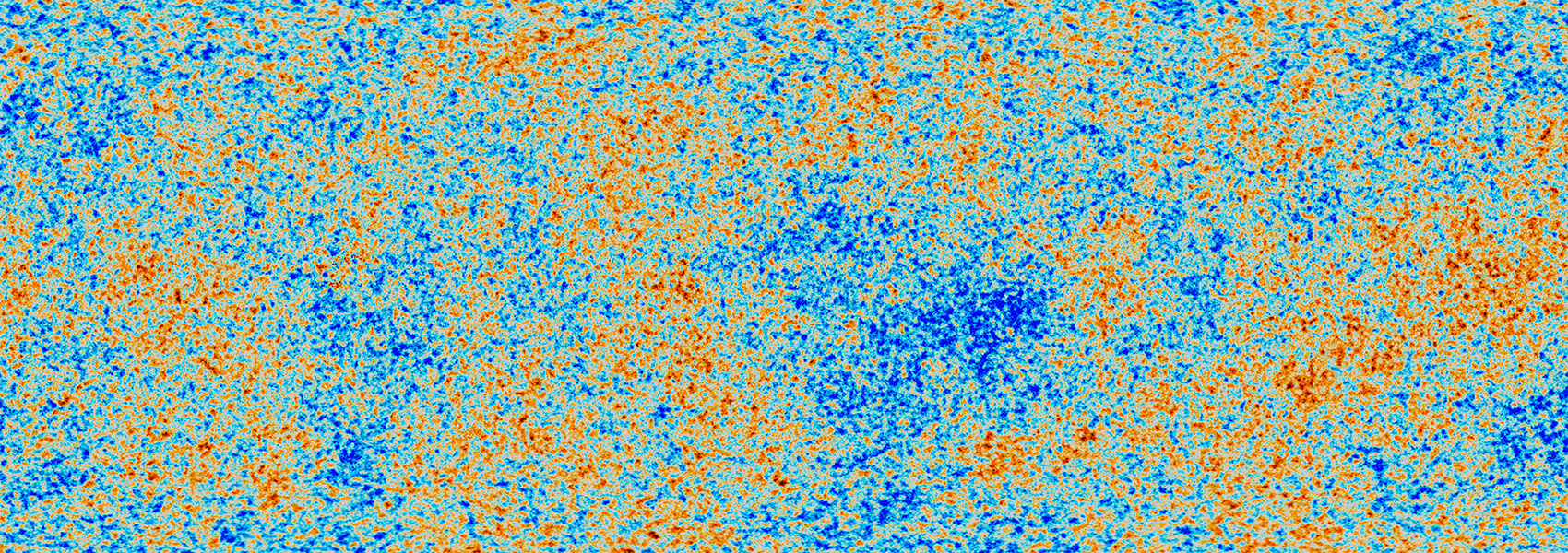
PSZ2 G181.06+48.47. I. X-Ray Exploration of a Low-mass Cluster with Exceptionally Distant Radio Relics
May 2025 • 2025ApJ...984...24S
Abstract
•
Relics are diffuse, highly polarized radio sources that trace merger-driven shocks at the periphery of merging galaxy clusters. The Low Frequency Array survey recently discovered a rare example of double relics in the low-mass cluster PSZ2 G181.06+48.47. Through a detailed exploration of new Chandra and XMM-Newton observations, we reveal that PSZ2 G181.06+48.47 has a lower mass (
Links
- PREPRINT http://arxiv.org/abs/2501.07651
- NED https://ned.ipac.caltech.edu/uri/NED::InRefcode/2025ApJ...984...24S
- ELECTR https://doi.org/10.3847/1538-4357/adb731
- SIMBAD https://simbad.u-strasbg.fr/simbad/sim-ref?querymethod=bib&simbo=on&submit=submit+bibcode&bibcode=2025ApJ...984...24S
- PDF https://iopscience.iop.org/article/10.3847/1538-4357/adb731/pdf
- DATA http://heasarc.gsfc.nasa.gov/cgi-bin/W3Browse/biblink.pl?code=2025ApJ...984...24S
- DATA https://cda.harvard.edu/chaser?obsid=22650


